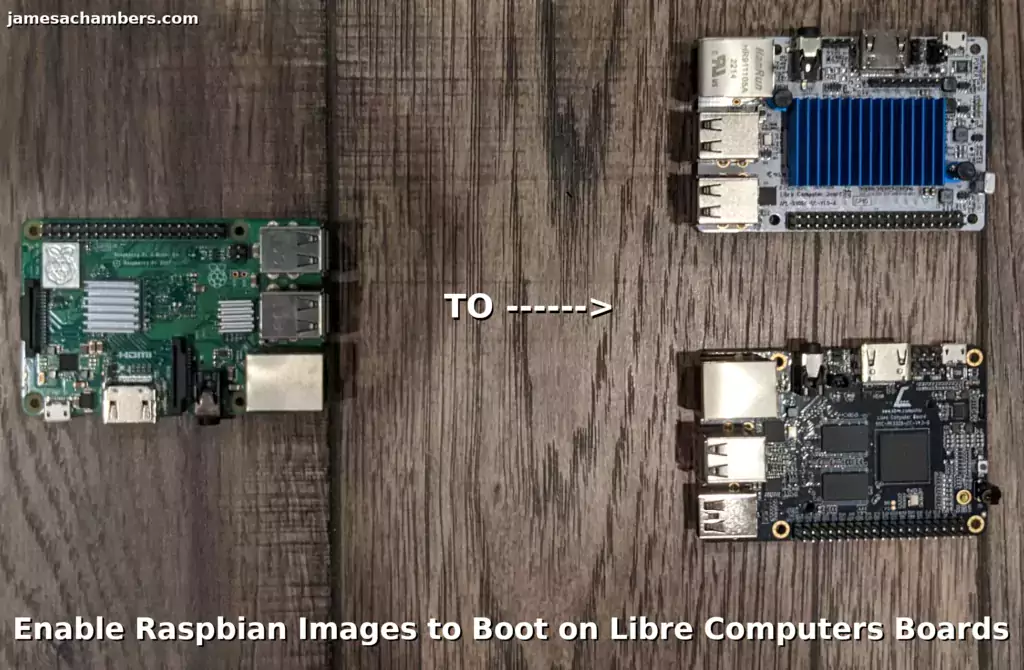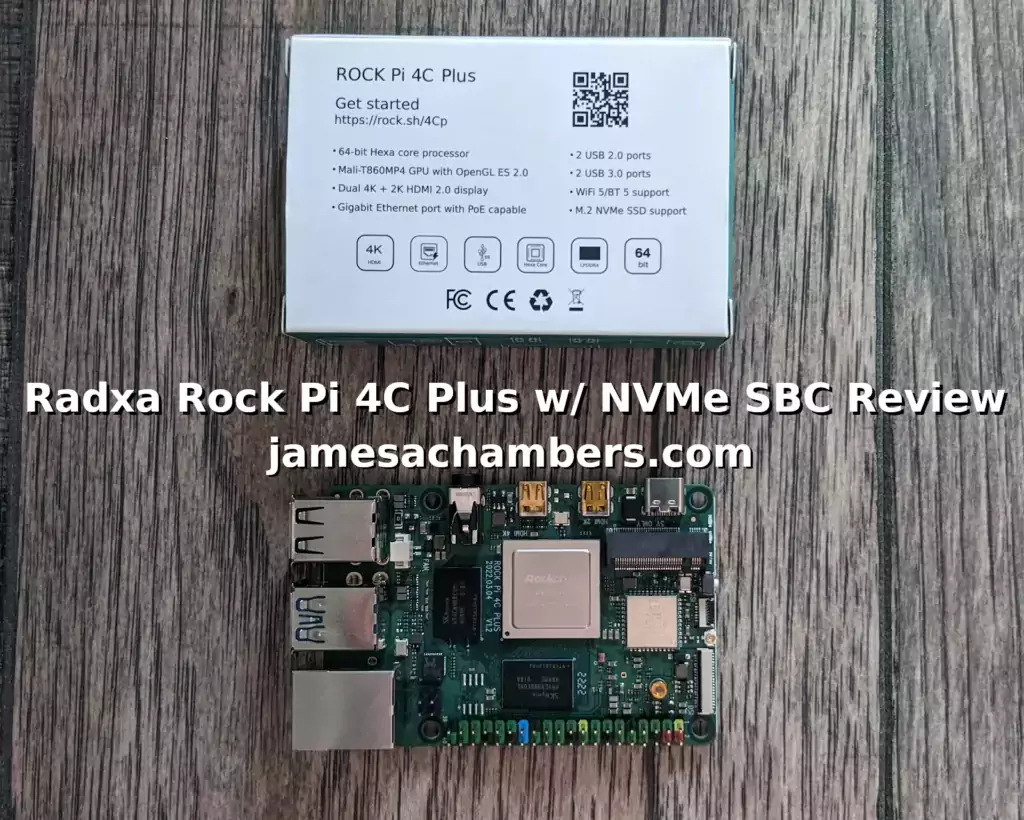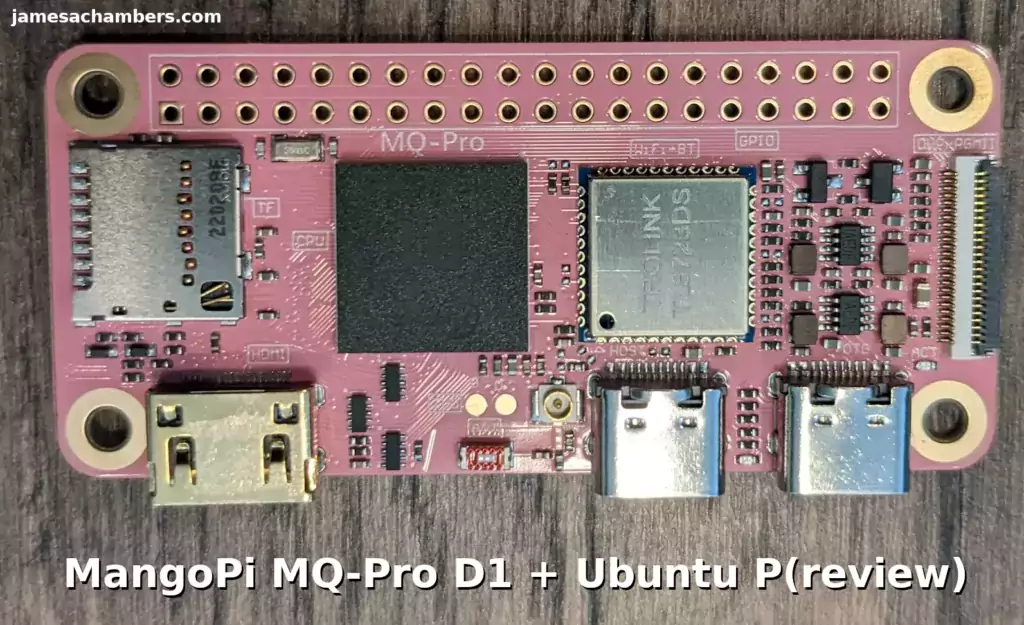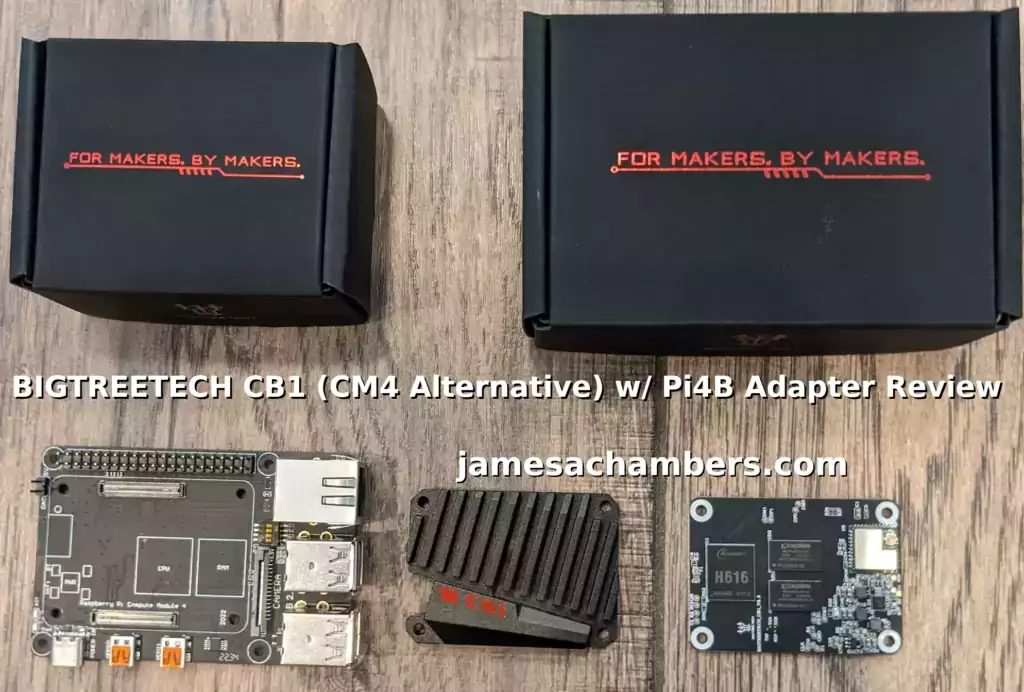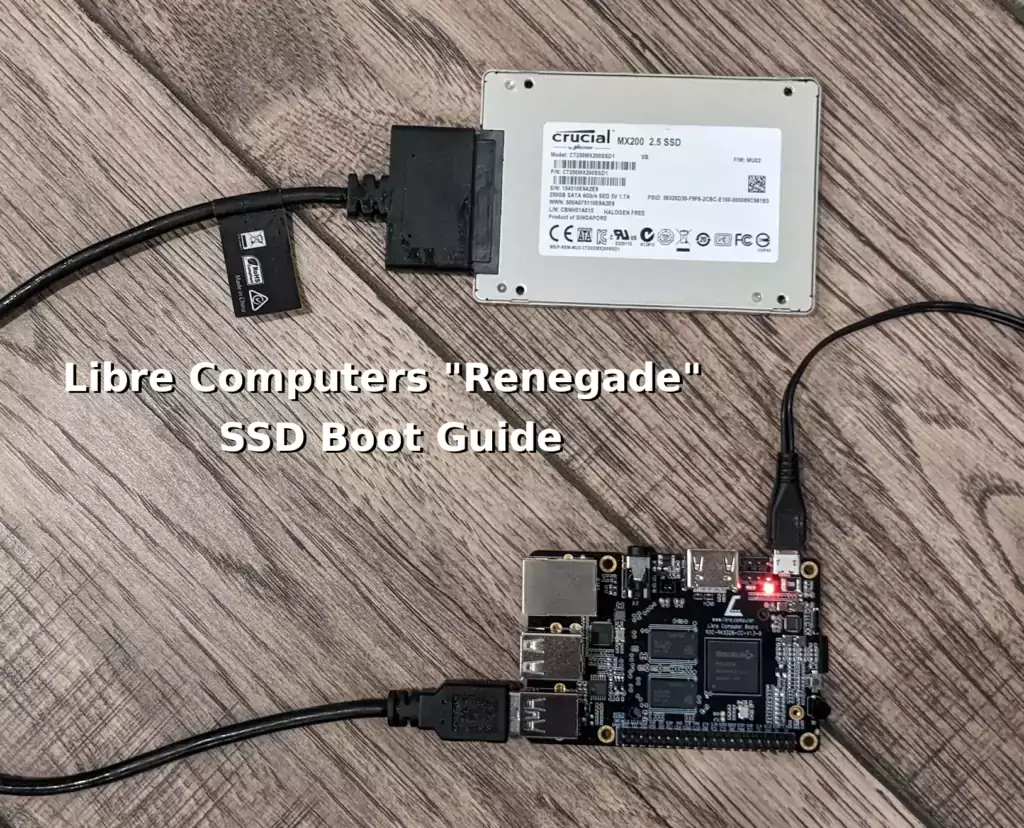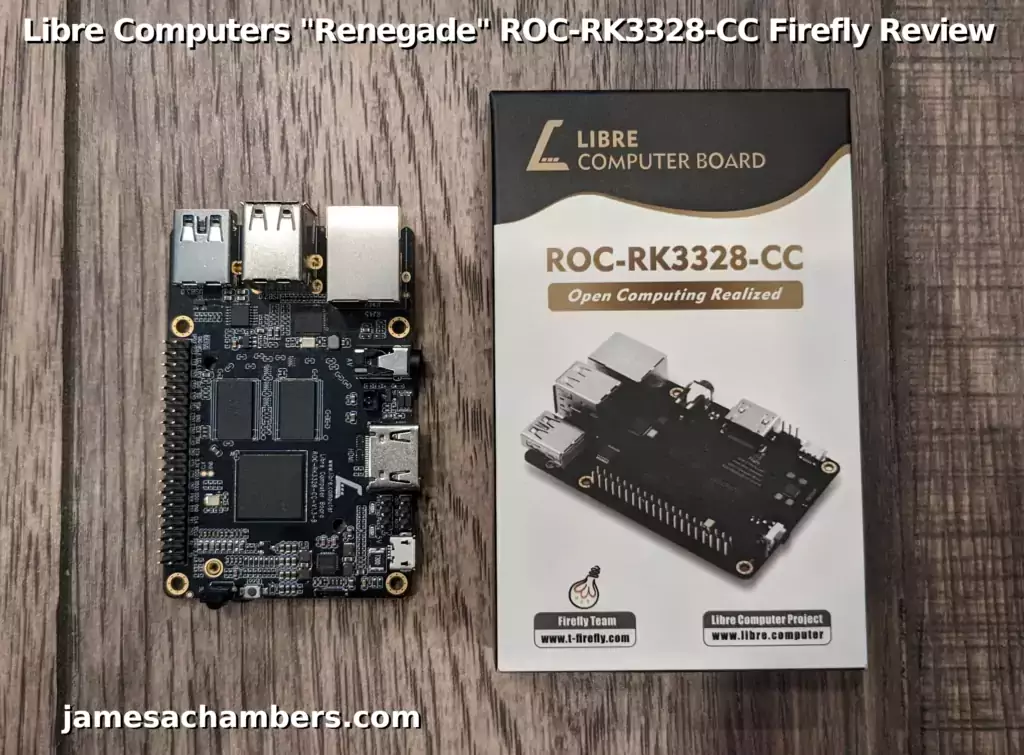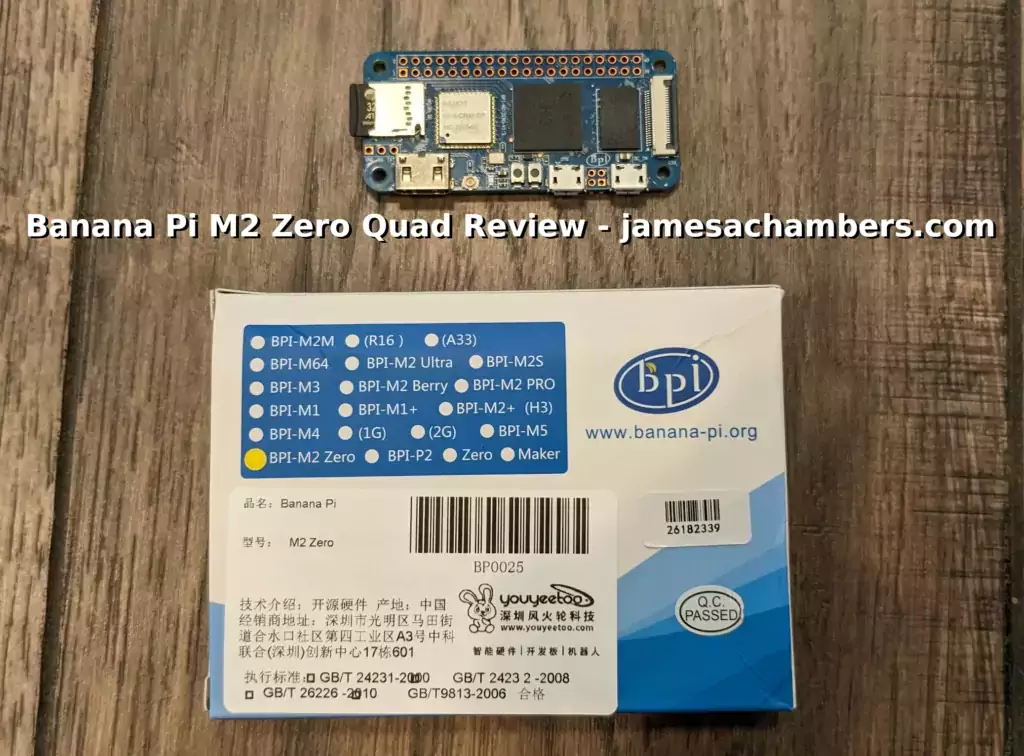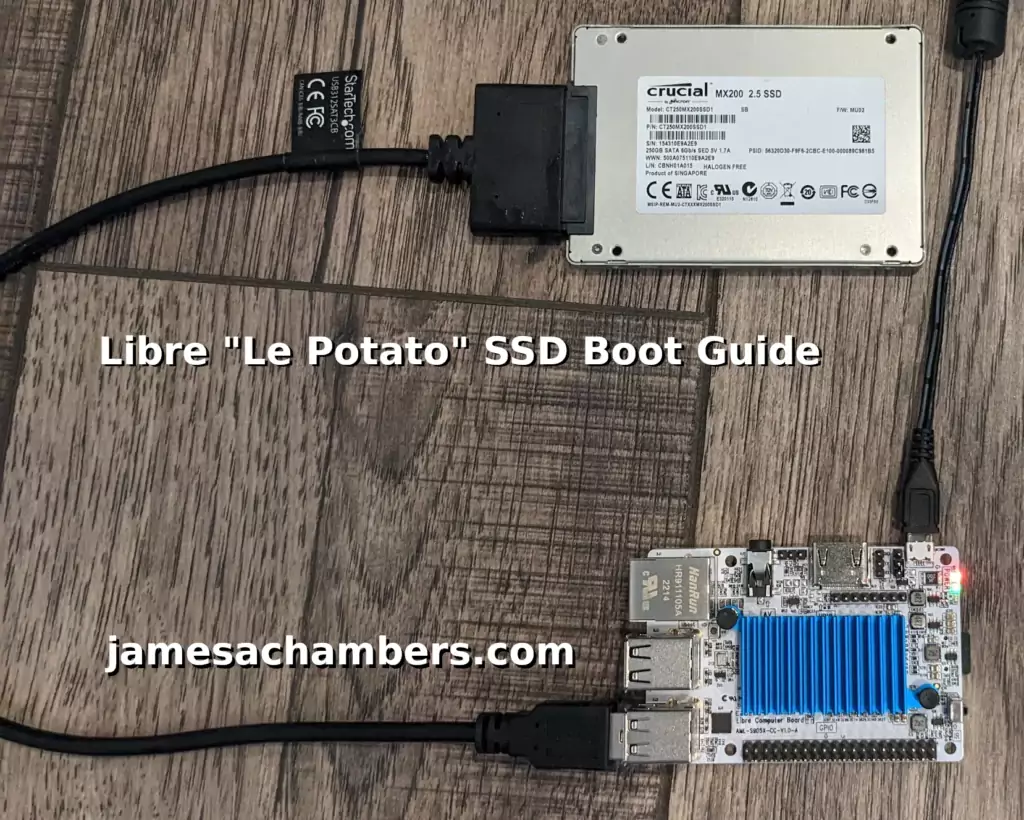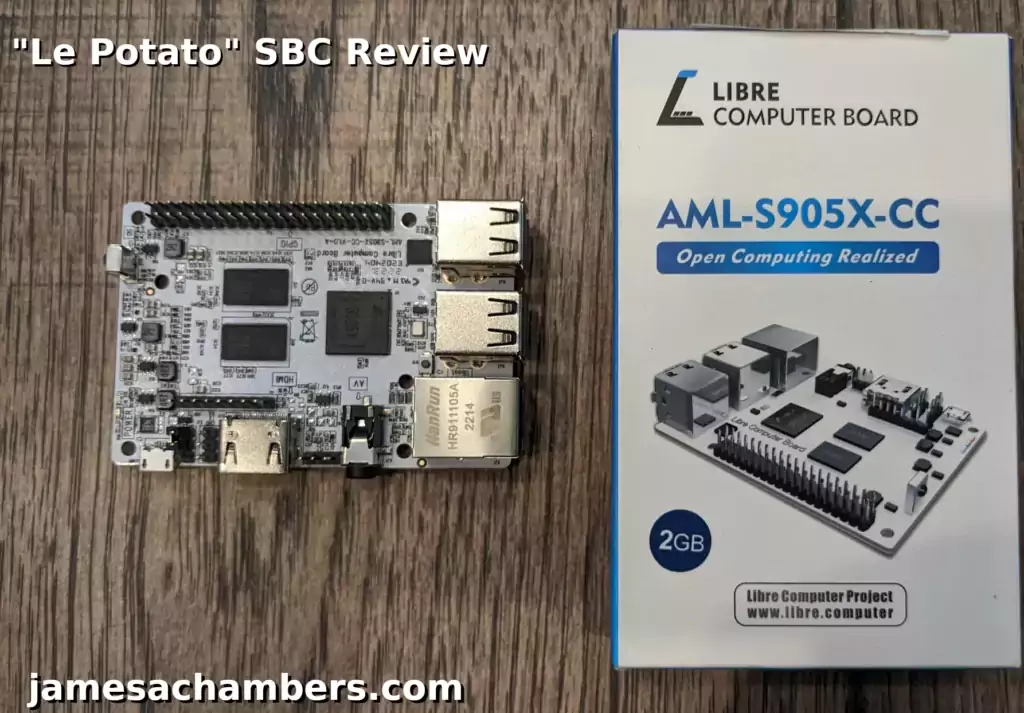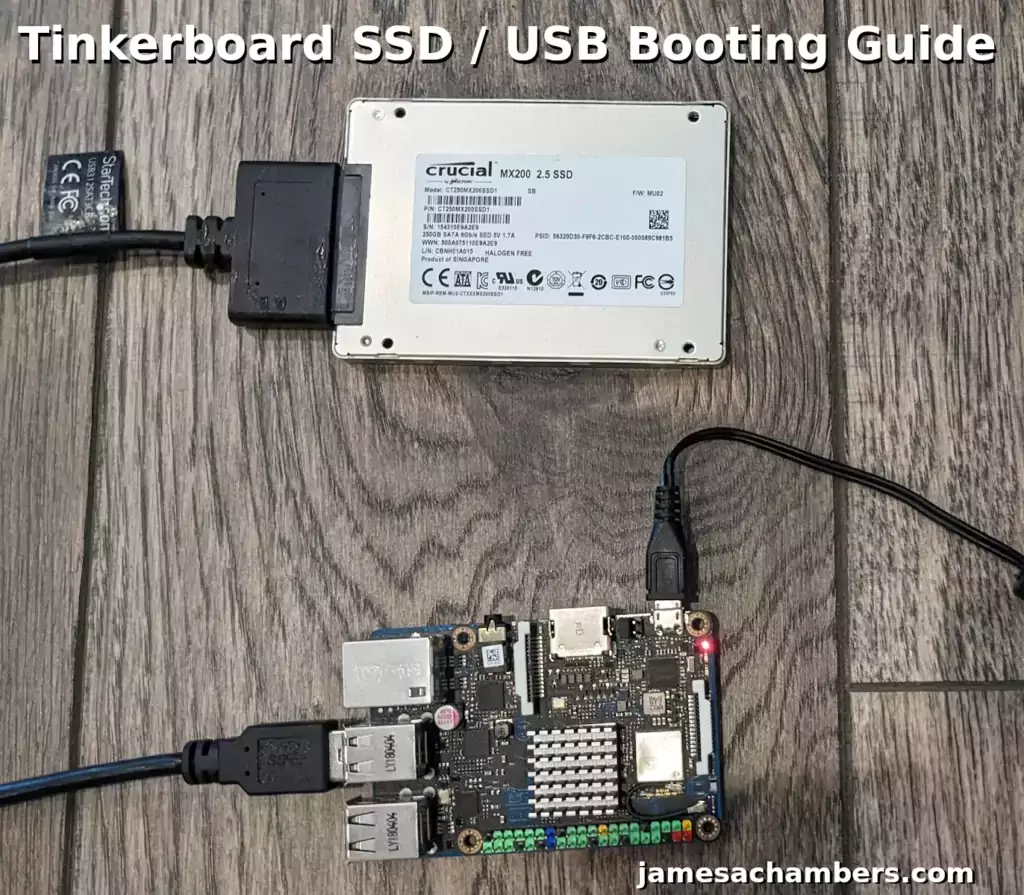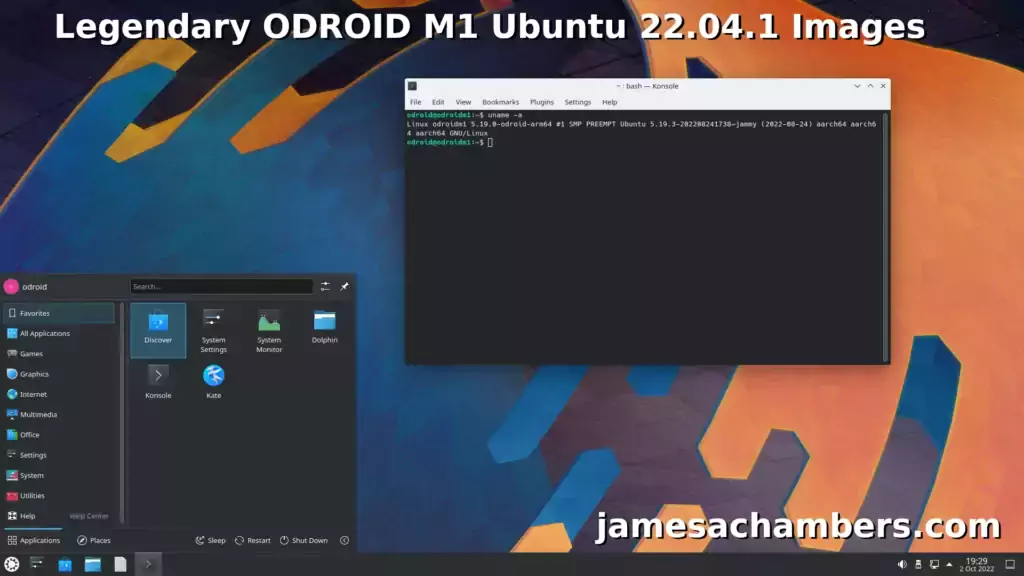Enable Raspbian Images to Boot on Libre Computers Boards
Libre Computers is a company making single board computers that are much more open-sourced than the Raspberry Pi (especially when it comes to hardware). They are offering a USB 2.0 model (the “Le Potato”) for $40 and a USB 3.0 model (the “Renegade”) for $50. Those are not theoretical MSRP prices that are impossible to find either. Those are the listed prices available today!
When I first covered these boards the Libre reddit account let me know about a utility they had available that could enable most Raspberry Pi images to boot on Libre Computers boards such as the “Le Potato” and “Renegade”. I tried out the tool and it worked great! In this guide I will show you where to get the tool and how to use it.
Let’s begin!
Enable Raspbian Images to Boot on Libre Computers Boards Read More »

